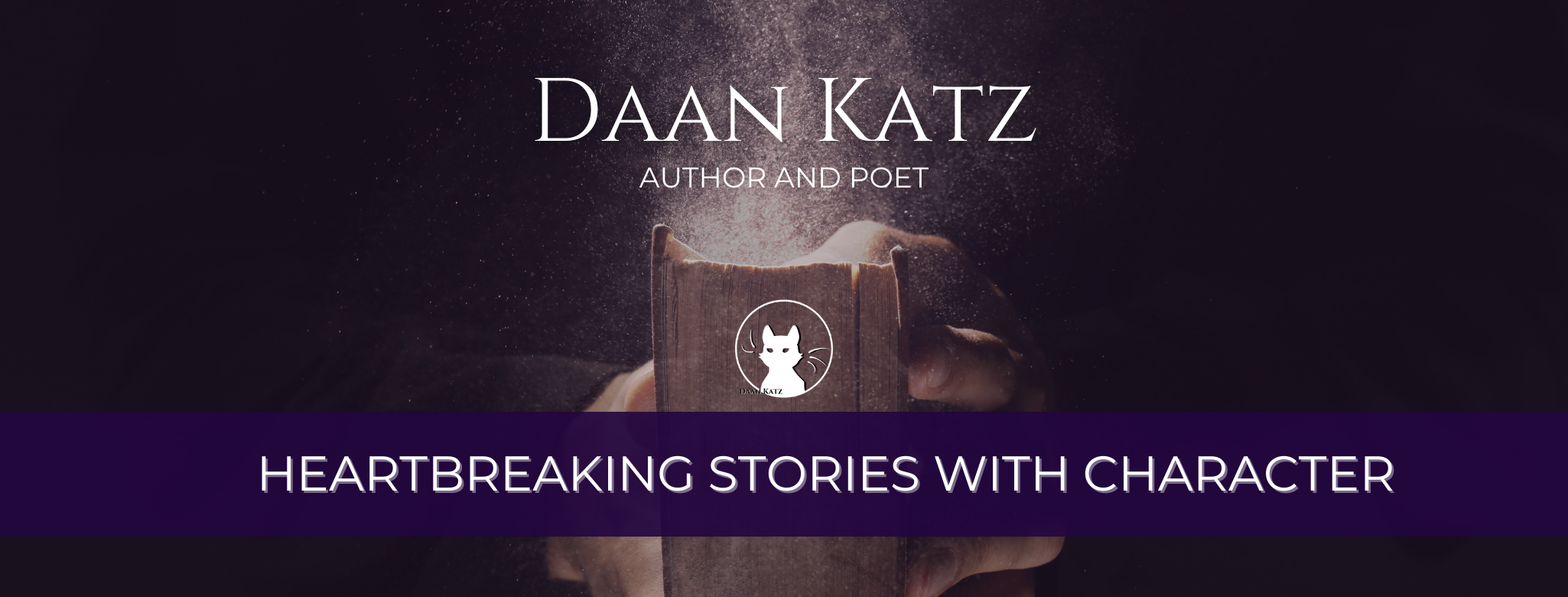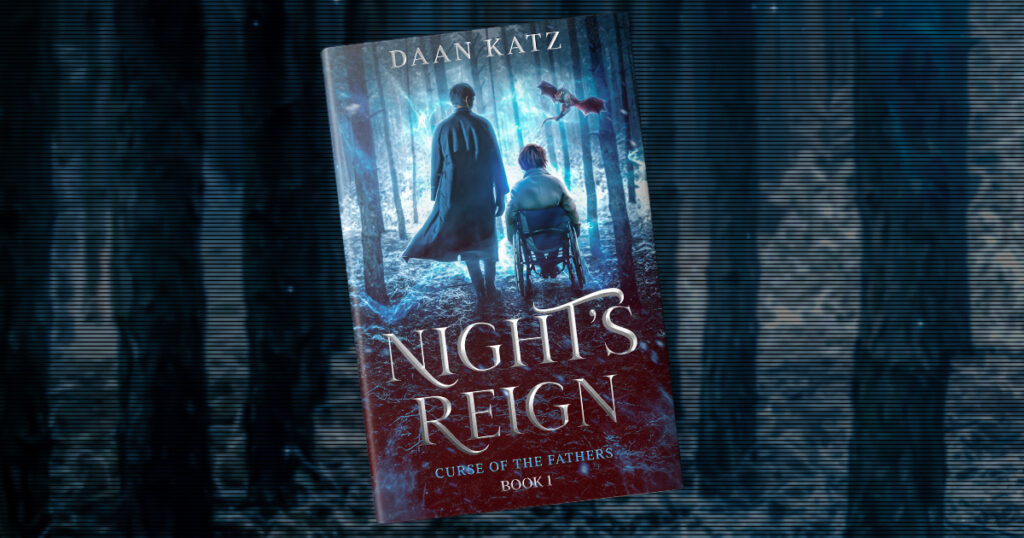You may have heard the term intersectionality but you don’t quite understand what it means or how it relates to fictional stories and characters.
Today, I’m going to tell you everything you need to know about intersectionality and how it applies to the stories I write.
Table of Contents
Understanding Intersectionality
DEFINITION In simple terms, Intersectionality is a framework that helps us understand how a person's identity affects their perspective and experiences in society.
Intersectionality doesn’t just look at one aspect of an individual’s personality, but strives to get a complete understanding of how all separate parts—race, gender, class, sexuality, disability, and more—fit together to create one whole.
Or, to quote Kimberlé Crenshaw, the woman who coined the term over 30 years ago,
“It’s basically a lens, a prism, for seeing the way in which various forms of inequality often operate together and exacerbate each other. We tend to talk about race inequality as separate from inequality based on gender, class, sexuality or immigrant status.”
https://time.com/5786710/kimberle-crenshaw-intersectionality/
Want to see intersectionality in action?
Read my novel “Night’s Reign”
The Significance of Intersectionality in Literature
You may think intersectionality has nothing to do with fantasy, and assume it only pertains to legal mumbo jumbo.
However, it’s a really important concept that pertains to many situations in our everyday lives, and by extension, also plays a significant part in stories. Or at least, it should. Because applying intersectionality to fictional tales will give them more depth, which will make them more compelling for the reader.

In fact, it can do even more than that. In the hands of a skilled author, it can help challenge stereotypes and promote inclusivity. That’s how powerful it is.
Let me give you an example of how this concept works in my everyday life:
For context, I’m an old white man, which puts me in a privileged position. People listen to old white men, right? Except that I’m also a wheelchair user, have a very slight build, and my autism ensures that I’m generally awkward around people. See where this is going?
People don’t treat me with the respect my privileged status should automatically grant me. Rather, they pity me, or think they need to mother me, and, quite honestly, they often don’t take me seriously at all.
That is why intersectionality matters. It’s a deciding factor in how others perceive you, which directly influences how they will treat you.
Background of Intersectionality
Let’s step back in time for a moment, and look at how the concept of intersectionality was born.
We’re talking 1989. Kimberlé Crenshaw published a paper titled “Demarginalizing the Intersection of Race and Sex: A Black Feminist Critique of Antidiscrimination Doctrine, Feminist Theory and Antiracist Politics”.
As a legal scientist, Crenshaw’s focus was on how US law*) fell short when it came to matters such as gender and race, which were treated as two separate entities. This had far-reaching consequences for African-American women, who experienced overlapping forms of discrimination.
Although the term originated in the legal field, it is now used in many academic fields, including anthropology, sociology, and gender studies. Its initial focus on African-American women has shifted, too, and now aims to include all marginalised groups.
*) Please note: as a EU citizen, I do not know if, or by how much, the legal situation in the US has changed in that regard since 1989.
How Intersectionality Works in my Stories
So far, this has been a rather theoretical explanation of what intersectionality is and how it works, and I wouldn’t be surprised if by now you are feeling slightly overwhelmed.
In fact, when I first learned about it, I felt like my head was exploding. There was just so much information I had to somehow make sense of, and I honestly didn’t know where to start. Yet here I am, explaining to you how this concept works.
Thankfully, it all gets much easier to understand when you see how it works in practice.
With that in mind, I’m going to give you some examples of how intersectionality plays out in the stories I write.
Example 1: Beldenka Nadinov
My character Beldenka Nadinov from my novel “Night’s Reign” is a young Ingravian woman. She is also disabled, and that is a big problem, as you can see in these paragraphs from Chapter Two.
“This is Ingravia. Be strong or die. Since I hadn’t had the decency to die, I became a Reject.” She balled her hands into stiff fists and sat up straighter. “So I fought even harder. I exercised more. I dragged myself around the house to get food and drink whenever I wanted it. I pulled myself up by the shelves of my father’s bookcase, so I could reach his best books. And over time, I got at least some strength back.” “You dragged yourself? You were not even given a wheelchair?” Niels shook his head. And here he thought his younger years had been unpleasant. “I knew that wheelchairs existed of course, but not in Ingravia. In the end, my parents decided to send me to a boarding school in Suttbron, Senkerland. I was not allowed to come back home. Ever. And this was the lovingest thing they could have done for me.” Her posture relaxed. “So now you know my story, and there is no need to talk about it ever again.”
Want to get to know Beldenka better before you buy the book? No problem!
I created a character profile just for you.
Example 2: Niels Bosch
Now let’s have a look at our male protagonist from Night’s Reign, Niels Bosch. He is a man of colour, and although that is not a problem in most parts of my fantasy world, there are exceptions.
In the example below, taken from Chapter Thirteen, Niels and his companions are discussing where to go next on their quest.
“You two sound awfully convinced,” Niels said. “From where I stand, Tiria seems like the absolute worst option. What in all seven worlds makes you think we should go to that gods-forsaken place?” “Simple,” Leks said. “(...) Natives there aren’t exactly known for their love of foreigners. Especially foreigners of your colouring. Ideal.” Niels wanted to pull all his hair out, and tucked both hands out of harm’s way, under his buttocks. “These things you mention—they are exactly the reason why I think it’s a perfectly horrible idea. Those barbarians will want to feed me to the prowlfoxes the moment they see my skin.” With difficulty, he managed not to growl. Why couldn’t they just use a portal and avoid all of those unnecessary risks altogether? “I say we go to Swartemeer Portal and from there straight to Ebaru.” “I don’t think so,” Mikhandor said. “And Leks is right. These Tironians may not very much like seeing you around, but as long as you are in our company and refrain from behaving suspiciously, they’ll most likely leave you alone. Hanassan’s hirelings don’t have that advantage. They have every reason to stay well out of Tirona.”
It also doesn’t help that he is a priest. Not in Tirona, as illustrated in this quote from Chapter Fourteen.
He worried about Tirona. Most of the locals there were members of the Church of Mirk. Their priests were said to be real fanatics, who were always on the lookout for the clergy of other religions in their country, so they could sacrifice them to their Dark Lord. According to Niels’ information, Mirk had gifted his servants with a magic that helped them to literally sniff other priests out.
Would you like to get to know Niels better, too, before you buy the book?
You’re in luck. I also created a character profile of him.
Example 3: The Eunuch
In the next few paragraphs, taken from Chapter Sixteen, the friends Moradin and Tasim have a conversation about a minor character in the story. Not only does it grant us insight into one of the nastier cultural aspects of my fantasy world, but it also illustrates the prejudice with which some unfortunate people are treated.
Tasim laughed. “Yes, b’radar. Harem. What else did you think he needs eunuchs for? Their great cooking skills? Their unparalleled musical talents and exceptional singing voices?” He squeezed his crotch, yowled like a cat in heat, and doubled over with laughter again. I gave him a blank stare. “Are they really great cooks then, and talented singers?” “Gods, Moradin! Don’t you know anything?” He wiped his eyes, but immediately burst out laughing again. Annoying rapscallion. “They are no more talented than anyone else, except at keeping it in their breeches.” “Keeping it…” Then it finally dawned on me. I felt the blood drain from my face. “Oh,” I said. “Oh. Holy gods! I never… I’m such a turnip.” The truth was, before that conversation I never really understood what eunuchs were. They were exotic fairytale figures, and slaves to kings. That was as far as my knowledge went. The word castrate held no meaning to me. Not until that day.
Embracing Diversity and Inclusion
As a disabled author, I am 100% committed to writing inclusive stories. I want to represent the forgotten, the oppressed, and the ostracised.
Because I know what it feels like. I’ve been there, too, and in fact, still face the negative cultural and socioeconomic consequences of being disabled pretty much daily. I don’t usually whine about it, but I am determined to do everything I can to make this world a better place.
This is why my stories always include disabled characters, some of them main, and some of them minor. Because even though my stories take place in a fantasy setting, I want my characters to feel real. They face the same struggles that so many of us face in real life.
My stories aim to provide the reader not just an escape from reality, but even more a lens through which they can safely explore the major questions that should be addressed in our world.
Conclusion
Long story short, in this post we looked at the concept of intersectionality. We defined what it is, discussed its significance in the world of words, and its origins.
I gave you some examples from my novel Night’s Reign where we see the concept in action, and I expressed my commitment to writing stories that challenge the status quo and shed a light on the challenges of those who belong to marginalised groups.
Don’t hesitate to leave a comment or contact me here if you still have questions. I’ll be happy to answer as best as I can.
My novel Night’s Reign is available in E-book, paperback and hardcover format from your favourite online retailer.
Thank you for reading. Don’t forget to sign up for blog updates so you’ll never miss another post.




